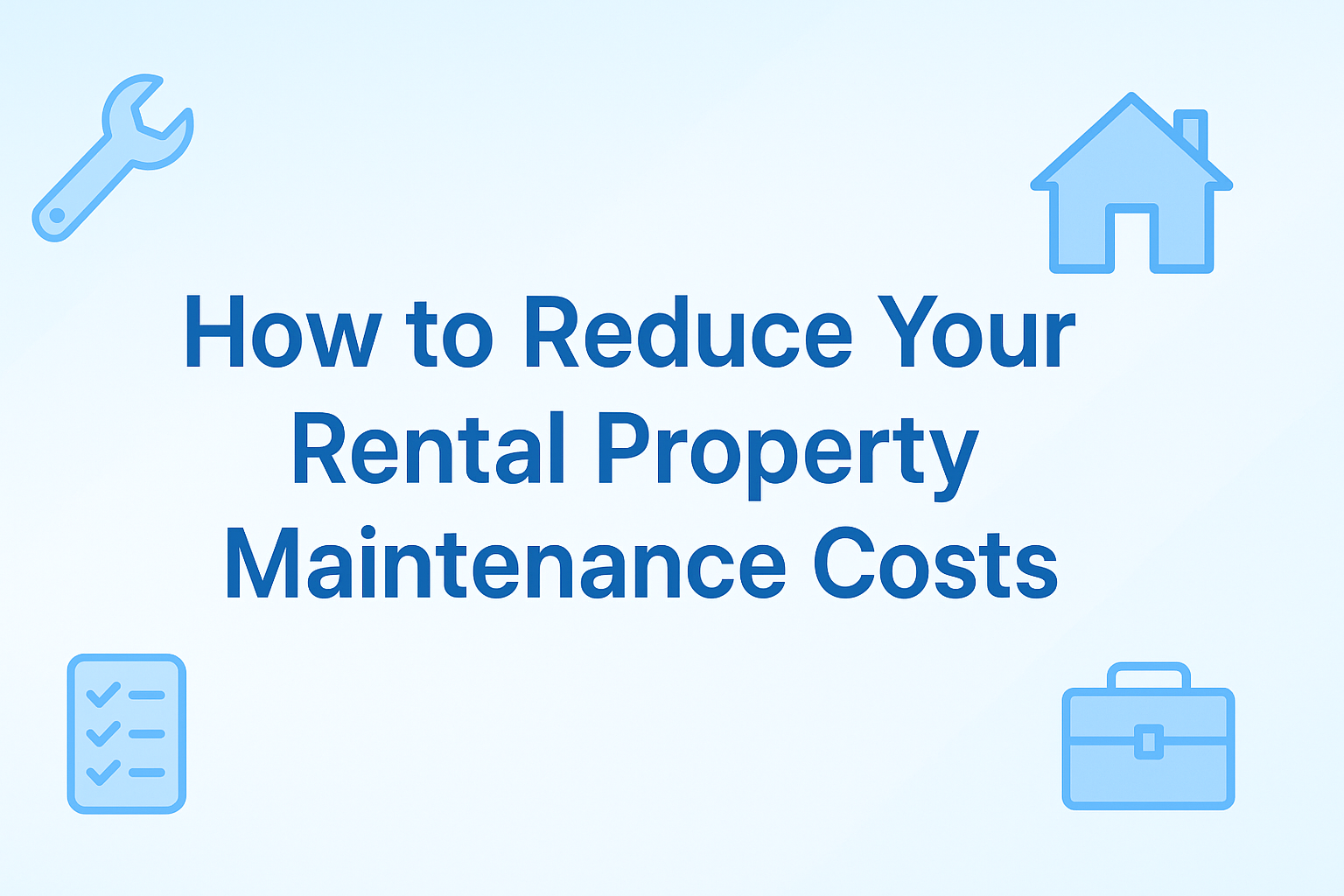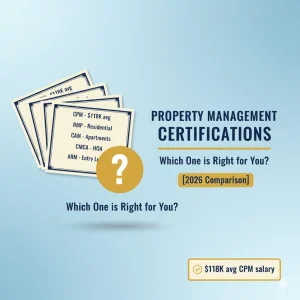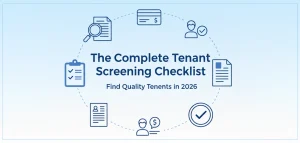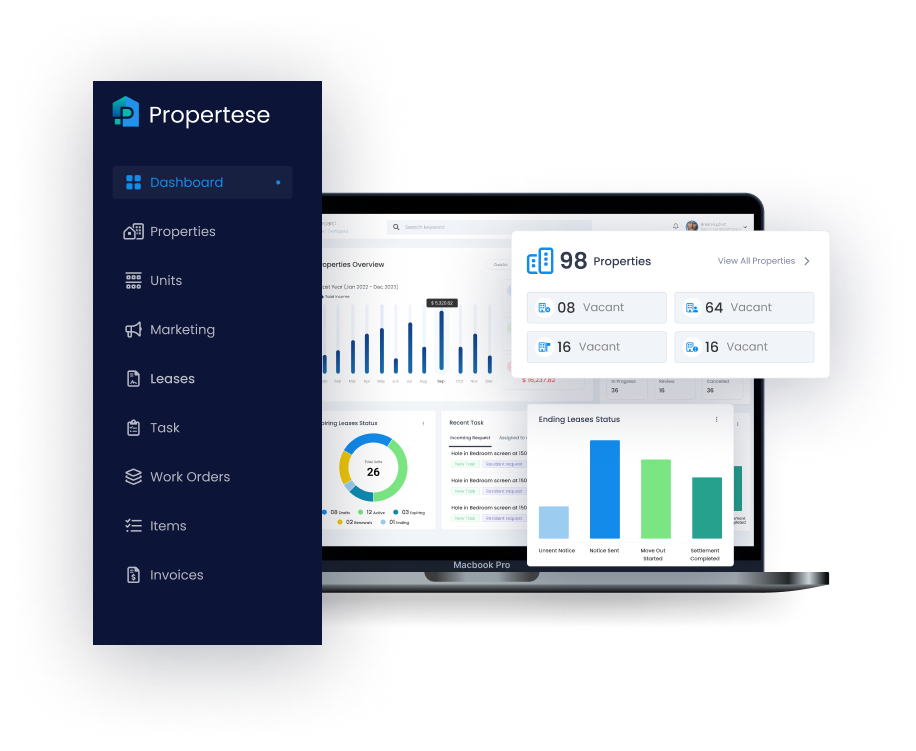
Property maintenance costs can make or break your rental portfolio’s profitability. If you’re like most property managers, you’ve probably watched your maintenance budget balloon year after year, wondering where all that money is going and whether there’s a better way.
Here’s what the data tells us:
- Reactive maintenance costs 25-30% more than preventive approaches due to emergency labor, after-hours uplifts, and rush parts premiums
- The most effective cost-reduction strategies actually improve the quality and reliability of your properties
- You don’t need to sacrifice quality to bring costs down. In fact, it’s the opposite
This guide will walk you through proven, data-backed strategies to cut your rental property maintenance costs while keeping your properties in top shape.
Why Traditional Maintenance Budgeting Falls Short
Most property managers rely on industry rules of thumb like the “1% rule” (budget 1% of property value annually) or “$1 per square foot per year.” These benchmarks are widely cited but vary significantly by market and asset age; treat them as starting points, not gospel.
The problem is that these formulas don’t account for:
- Property age and condition
- Climate-specific wear patterns
- Tenant turnover rates
- Quality of previous maintenance work
In 2025, material costs are up 11% year-over-year nationally, and labor shortages in skilled trades like plumbing and HVAC are pushing service prices even higher. Your grandfather’s maintenance budget won’t cut it anymore.
For accurate benchmarking, consider accessing IREM’s Income/Expense Analysis reports, which provide market-specific data by property type and location. The Institute of Real Estate Management is the industry’s gold standard for property operating benchmarks.
Learn more about tracking property expenses efficiently.
The Hidden Cost of Emergency Repairs
Let’s talk about what’s really eating your maintenance budget. 32% of repair costs are tied to emergency maintenance, including burst pipes, HVAC failure, and electrical hazards—most of which are preventable through recurring services.
When your HVAC system fails on a 95-degree weekend, you’re not just paying for the repair. You’re paying:
- 2-3× emergency labor rates
- 50-100% after-hours uplifts
- 25-50% rush parts premiums
- Potential tenant compensation or lost rent
That $500 routine HVAC service you skipped? It just cost you $3,000 in emergency repairs.
Want to know why your maintenance costs keep climbing? Read our detailed breakdown: Why Your Property Maintenance Costs Are Too High and 7 Ways to Fix It.
The Preventive Maintenance Advantage: Real Numbers
Here’s where things get interesting. According to the U.S. Department of Energy, preventive maintenance can result in a 12-18% cost savings over reactive maintenance. But the benefits go beyond just direct cost savings.
When you implement a proper preventive maintenance program, you’ll see:
- 40-60% decrease in equipment failures
- 50-75% increase in Mean Time Between Failures
- 30-50% decrease in Mean Time To Repair
- Up to 400% ROI through combined savings
Research from the Aberdeen Group shows that organizations implementing preventive maintenance programs through CMMS experience a 32% improvement in equipment reliability.
For property managers looking to implement these strategies, check out our guide on How Property Managers Can Use Maintenance Teams to Increase ROI.
Your Rental Property Maintenance Costs Checklist: Monthly, Quarterly, and Annual
A solid rental property maintenance costs checklist is your first line of defense against budget overruns. Here’s what actually works:
Monthly Maintenance Tasks
HVAC Systems: Replace or clean filters every 1-3 months. According to the U.S. Department of Energy, replacing dirty filters can reduce energy use by 5-15%. That’s not just a maintenance win—it’s an energy savings that compounds month after month.
Plumbing Quick Checks: Visual inspection of visible pipes, faucets, and water pressure. Catching a slow leak before it becomes a flood saves thousands.
Common Area Walkthroughs: Your eyes are your best preventive tool. Monthly walkthroughs catch issues before tenants report them (or worse, before they don’t report them until they’re major problems).
Quarterly Maintenance Tasks
HVAC Deep Checks: Inspect coils, check refrigerant levels, and test system performance before peak heating and cooling seasons.
Plumbing System Tests: Test water heaters, check for pressure irregularities, and inspect sump pumps if applicable.
Electrical Safety Checks: Test GFCIs, AFCIs, and all smoke and CO detectors. This is non-negotiable for both safety and liability protection.
Annual Maintenance Tasks
Complete HVAC Servicing: Full system tune-up, safety check, and efficiency testing. Schedule this before your peak season starts.
Roof and Gutter Inspection: Gutter cleaning should occur twice a year, typically in spring and fall, at an annual cost of $100-$300, a small price to prevent water damage that costs thousands.
Comprehensive Electrical Inspection: Licensed electrician inspection of your main panel and critical circuits every 3-5 years.
Learn about tracking property maintenance effectively and monitor these critical maintenance metrics to stay ahead.
How Property Management Software Cuts Maintenance Costs by 40-60%
Here’s what most property managers don’t realize: your maintenance problem might actually be a workflow problem.
Property managers using software save an average of 9 hours per week, translating to more than $15,000 in labor savings per year for a small- to mid-sized portfolio. But the savings go way beyond just time.
Modern property management platforms like Propertese deliver:
Automated Scheduling: No more sticky notes or forgotten service dates. Automated scheduling ensures your preventive maintenance actually happens on schedule.
Vendor Management: Track vendor performance, compare costs, and identify which contractors deliver the best value.
Work Order Intelligence: According to the National Apartment Association, property management software can reduce administrative work by up to 60%. More importantly, you get data on which properties, units, and systems are costing you the most and can address root causes instead of just symptoms.
Tenant Communication When tenants can report issues quickly (with photos) through a portal, you can triage effectively and avoid unnecessary vendor dispatches. This alone cuts waste by 20-30%. Discover how a tenant portal streamlines communication.
Material Selection: The 20-Year Decision
Here’s a mistake that costs property managers millions: choosing materials based on upfront cost rather than lifecycle cost.
Take flooring, for example. Vinyl Composite Tile (VCT) has a low initial cost but requires frequent waxing and stripping, and needs to be replaced once every ten years. Polished concrete, while having a higher initial price tag, is low-maintenance and can last over 40 years.
When you run the numbers:
- VCT: Lower upfront cost + high maintenance + replacement every 10 years = higher total cost
- Polished concrete: Higher upfront cost + minimal maintenance + 40+ year lifespan = lower total cost
The same principle applies to:
- HVAC systems: Mid-grade units with better warranties save money over budget models
- Plumbing fixtures: Commercial-grade fixtures last 2-3× longer than residential units
- Paint: Higher-quality paint means fewer repaints and better tenant satisfaction
Use ASTM E917 lifecycle cost analysis frameworks to compare budget versus premium choices over 5, 10, and 20-year periods.
Vendor Relationships That Actually Save Money
Your contractor relationships shouldn’t be transactional; they should be strategic partnerships.
Here’s what works:
Consolidate to Preferred Vendors: Instead of calling whoever’s available, build relationships with 3-5 vetted contractors across key trades. Offer them consistent volume in exchange for better rates and priority response.
Service Level Agreements (SLAs): Define expected response times, quality standards, and pricing structures upfront. Include performance bonuses for meeting targets and penalties for failures.
Transparent Pricing: Move away from time-and-materials billing for routine work. Negotiate fixed pricing for common repairs so you can budget accurately.
Regular Performance Reviews: Track vendor response times, first-time fix rates, and tenant satisfaction scores. The data doesn’t lie, and neither should your vendors.
The Tenant Factor: Education Prevents Escalation
Academic research published in ResearchGate shows that tenant turnover, misuse, and expectation levels correlate with higher per-square-foot maintenance costs.
Proactive tenant education is crucial:
Move-in Orientation: Walk tenants through basic maintenance, where the water shutoff is, how to reset breakers, when to change HVAC filters, and what their responsibilities are versus yours.
Seasonal Reminders: Send reminders about winterizing outdoor faucets, changing smoke detector batteries, and adjusting thermostats for efficiency.
Quick-Fix Guides: Provide simple troubleshooting guides for common issues. Many “emergencies” are actually just tripped breakers or clogged disposal resets.
Clear Reporting Channels: Make it easy for tenants to report issues quickly. The faster you know about a problem, the cheaper it is to fix.
Regional Factors That Impact Your Rental Property Maintenance Costs Checklist
Your maintenance strategy can’t be one-size-fits-all because your climate and regulations aren’t.
Climate Considerations: Properties in areas with extreme weather conditions may require more frequent maintenance. Homes in wet, coastal, or hot climates need more frequent upkeep.
If you’re managing properties in:
- Cold climates: Budget extra for freeze/thaw roof damage, increased heating system wear, and snow removal (check out our mobile home winterization guide)
- Humid climates: Expect higher HVAC maintenance, mold prevention costs, and accelerated exterior deterioration
- Hot, dry climates: HVAC works overtime, landscaping costs increase, and UV damage accelerates
Regulatory Requirements: Local building codes, habitability statutes, and safety regulations vary significantly by jurisdiction. Stay current or face fines that dwarf your maintenance savings.
The Bottom Line: Quality and Cost Reduction Go Hand-in-Hand
The biggest myth in property management is that cutting costs means cutting corners. The reality is precisely the opposite.
When you implement preventive maintenance, use the right materials, leverage technology, and build strong vendor relationships, you simultaneously:
- Reduce costs
- Improve property condition
- Increase tenant satisfaction
- Extend asset life
- Minimize emergencies
Mature preventive programs show failures down 40-60%, Mean Time Between Failures up 50-75%, and Mean Time To Repair down 30-50%. These aren’t theoretical benefits; they’re proven results from property managers who’ve made the shift.
Schedule a demo to see how Propertese can transform your property management workflow and help you achieve measurable cost savings.
Table of Contents
Stay Updated
Subscribe to get the latest news, industry trends, blog posts, and updates...




